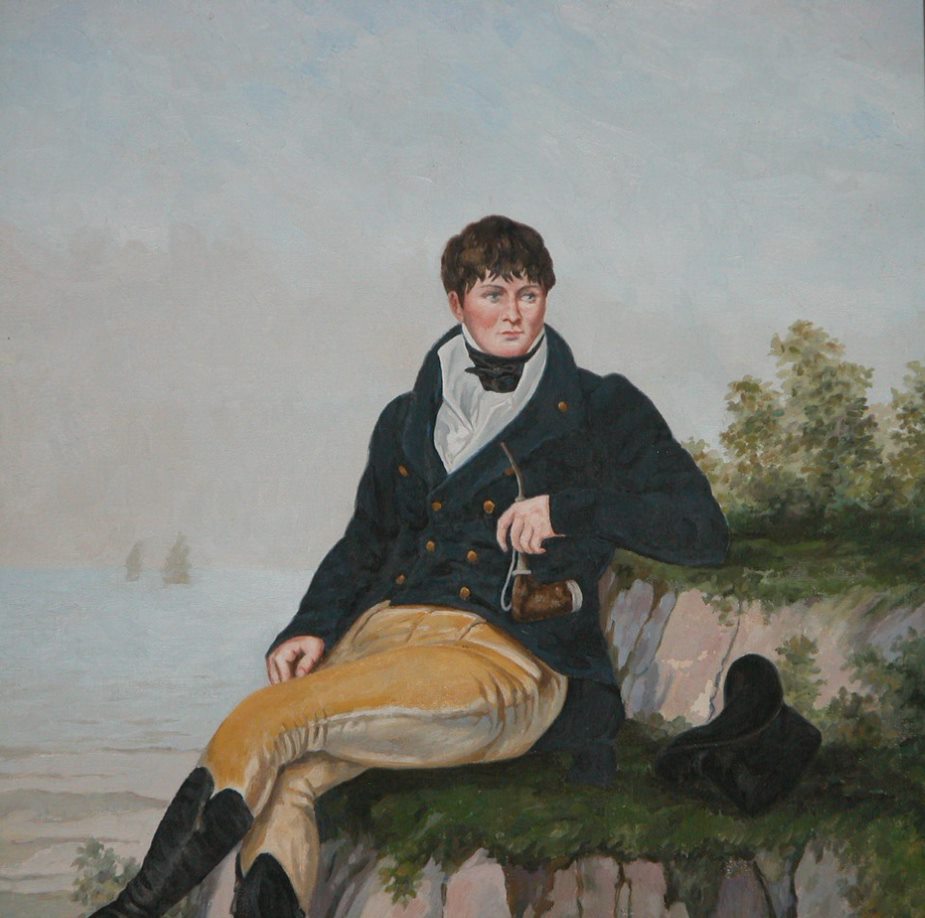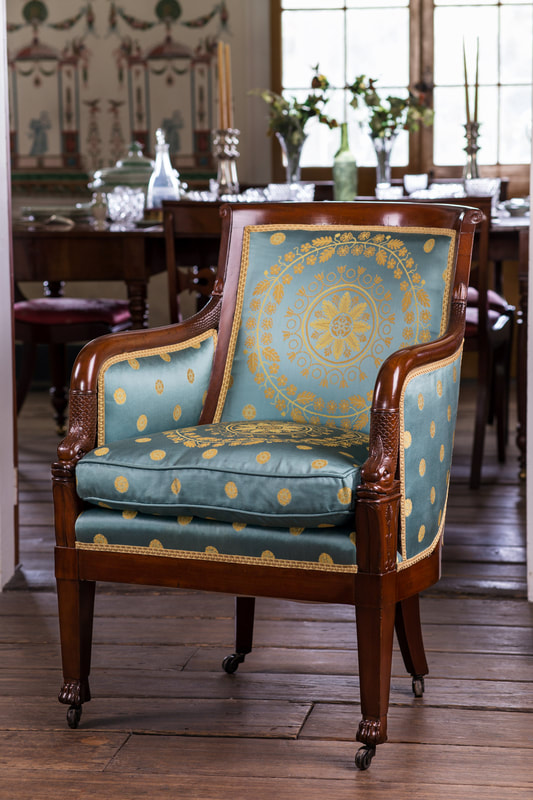Welcome to the friends of magnolia mound museum
Magnolia Mound, a nationally accredited museum and historic site, sits on sixteen acres shaded with ancient live oaks and magnolias. Built circa 1790 by John Joyce, who purchased the property from James Hillin, it is the oldest documented structure in Baton Rouge. One of its noted residents in the 1800s was Armand Allard Duplantier, a former captain of the Continental Army under Marquis de Lafayette.
Magnolia Mound believes that in the retelling of its history it is important to also tell the hard stories of our past, remembering the lives of the enslaved whose skills help to build not only our historic buildings, but our state and our country.
After the rescue of the house in 1966, the Friends of Magnolia Mound joined the Recreation and Park Commission for the Parish of East Baton Rouge (BREC) in restoring the house and its landscape. The Friends helped inspire the Mound’s mission to focus on education through the highest standards in accuracy and restoration.
Along with the house there are five early outbuildings, including a rare circa 1830 cabin for enslaved families and a reconstructed open-hearth kitchen.
For more than 50 years, the Friends and BREC have worked together in a successful private-public partnership that welcomes more than 15,000 visitors each year.
Friends of Magnolia Mound Museum
Magnolia Mound believes that in the retelling of its history it is important to also tell the hard stories of our past, remembering the lives of the enslaved whose skills help to build not only our historic buildings, but our state and our country.
After the rescue of the house in 1966, the Friends of Magnolia Mound joined the Recreation and Park Commission for the Parish of East Baton Rouge (BREC) in restoring the house and its landscape. The Friends helped inspire the Mound’s mission to focus on education through the highest standards in accuracy and restoration.
Along with the house there are five early outbuildings, including a rare circa 1830 cabin for enslaved families and a reconstructed open-hearth kitchen.
For more than 50 years, the Friends and BREC have worked together in a successful private-public partnership that welcomes more than 15,000 visitors each year.
Friends of Magnolia Mound Museum
- Listed on the National Register of Historic Places
- Accredited by the American Alliance of Museums
- One of only three accredited working museum kitchens in Louisiana
- Renowned for authentic preservation and restoration
The Friends, working with BREC, the Museum Director and staff, assist in implementing the master plan for the structures, landscaping, future additions and changes to Magnolia Mound.
BREC owns and operates Magnolia Mound. All of the furniture, decorative items, and artifacts are owned and cared for by the Friends. This collection brings to life the interiors of the house and other buildings for the community, school groups, and tourists.
The Friends provide advisory and financial assistance for the kitchen garden, which is part of the educational tour at the Mound. Produce from the garden is used for cooking demonstrations in the open hearth kitchen building.
Other structures on the property include the Historic House Museum, Kitchen Garden, Overseer’s House, Quarter House, Pigeonnier, and the Turner Family Visitor’s Center and Gift Shop.
BREC owns and operates Magnolia Mound. All of the furniture, decorative items, and artifacts are owned and cared for by the Friends. This collection brings to life the interiors of the house and other buildings for the community, school groups, and tourists.
The Friends provide advisory and financial assistance for the kitchen garden, which is part of the educational tour at the Mound. Produce from the garden is used for cooking demonstrations in the open hearth kitchen building.
Other structures on the property include the Historic House Museum, Kitchen Garden, Overseer’s House, Quarter House, Pigeonnier, and the Turner Family Visitor’s Center and Gift Shop.
|
|





